The murder of George Floyd has shaken me to my core. And while this blatant act of racism and police brutality is tragic and heartbreaking, I am hopeful that this will be the necessary catalyst for change in the world we live in.
I have been saddened by racist acts on black people & people of color in the past. I have prayed for equality and I have hoped for change. But this particular travesty has forced me to hold up a mirror and reflect on what I could be doing in my own life to make a difference. It’s easy as a white person to proclaim that you’re not a racist, share some posts on your social media feeds (in an attempt to be an ally), and move on. If that felt like a personal diss to you… I get it. I know you had good intentions, I did too. But it’s not enough.
Hope is not a strategy
Black people have been systemically oppressed for hundreds of years in our country. They face racism, overt and covert, every day. And yet we (white people) hope for change without helping? Without using our privileged voices?
I am going to do my very best to handle this post with care and authenticity. My intention is to take messy action in my own life and encourage my white peers to do the same. I want to lean into discomfort for the sake of change and be a true ally to black people. I want to share 5 ways you can support BLM (Black Lives Matter movement) at home. Change starts at home, within us and our immediate communities. Hope is not a strategy. Action is.

Ways You Can Support BLM Starting At Home:
1. Recognize you have some level of implicit bias.
According to the Stanford Encyclopedia of Philosophy, “implicit bias suggests that people can act on the basis of prejudice and stereotypes without intending to do so.” We all do it. It’s unintentional and often goes against what you believe to be true about yourself and your beliefs.
Now, if you’re being truly honest with yourself, take a moment to reflect on times when you were consciously biased about a specific group of people. Perhaps based on race or sexual orientation? Now understand this doesn’t necessarily mean you’re a bad person. We are a product of the world we were raised in. But we can (and we must) do our part in reversing these biases. And the first step is recognizing them. It’s not enough to “not be racist.” Just as we would in health or business, we must pursue this growth with intentionality and consistency.
More about implicit bias:
Test your level of implicit bias here: https://implicit.harvard.edu/implicit/Study?tid=-1
https://www.psychologytoday.com/us/blog/parenting-purpose/201809/we-all-have-racial-bias
2. Educate Yourself
Buy some books. Read some articles. This is the personal development we need. We can’t expect to understand and have empathy when we can’t be bothered to listen and learn. People are quick to say, “oh it’s just a few bad apples.” I think we truly want to believe that. But if we immerse ourselves in articles and stories from the black community, it doesn’t take long to realize that black people have faced varying levels of racism throughout their entire lives. By vowing to learn, we will take this knowledge into the future with us. This is one of the best and simplest ways to support BLM at home.
I purchased the following books to start:
Blindspot: Hidden Biases Of Good People
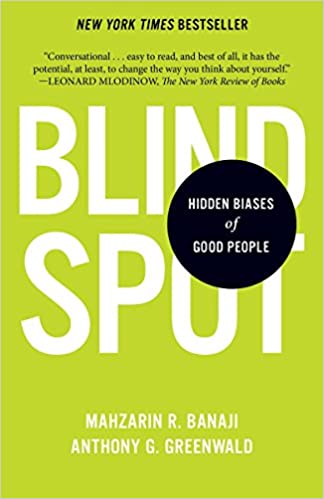
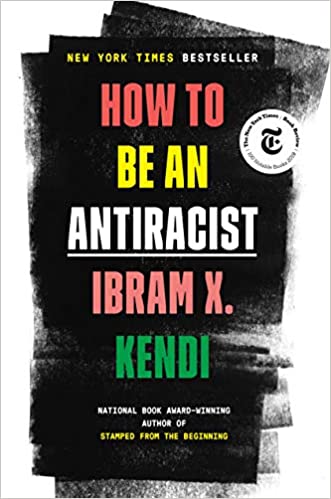
In addition to educating ourselves with experiences from the black community and working to unlearn our biases, we need to educate ourselves on local laws and legislation. I will wholly admit I have not done this previously. We can’t expect change if we don’t vote for candidates and laws (locally and nationally) that are privy to the social injustice that black people face.
3. Diversify Your Feed
Chances are, your Instagram feed resembles a bunch of people who look a lot like you. I know mine does. It was likely unintentional. We gravitate towards people who look, act, and believe like we do. But we can’t expect to reverse our biases and expand our understanding when we are surrounded by people who look like us. I spend about 2 hours on Instagram every day. That’s 2 hours I could be seeing a diversified mix of humans to learn from, buy from, and be motivated by.


Use hashtags to your disposal. I chose to follow black women who are bloggers, mothers, fashion influencers, Christians, and those that use their platform for inspiration. I am drawing on things I already look for, entertainment, education, and inspiration. And now I am receiving those messages from someone who doesn’t look like me and someone who likely has a set of experiences I have never had.


Give them a follow: @helloluci, @daniellebayardjackson, @ayanagabriellelage, @mytastefulventures
4. Have Uncomfortable Conversations
Support BLM at home, in your family and your community. Lean in to the discomfort and be willing to educate on a topic that so many of us know very little about. It may be difficult, but it is necessary for change and the black community can’t do it alone.
Calmly and respectfully call out racial bias/racism when you come across it. Do your best to find information and anecdotes that will allow who you’re speaking to, to better understand the severity and prevalence of racism, unintentional or otherwise, in our society.
Some of the simplest, yet profound explanations for me have been:

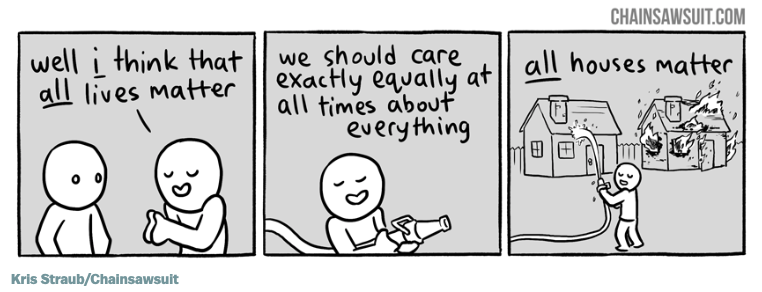
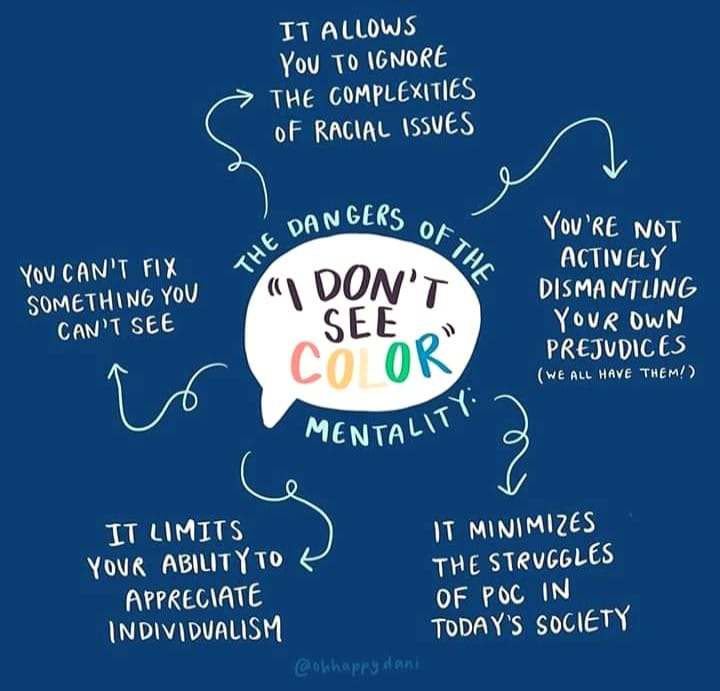
5. Be Intentional With What Your Children Consume
According to healthychildren.org, a baby’s brain can notice race-based differences as early as 6 months old. Between ages 2-4, they can already internalize racial bias. And by 12 years old, many children become set in their beliefs. This means we have roughly a decade to make a difference in our children and the future.
Given that Matt and I are beginning to consider when to have our own children, this hits really close to home. We all want to raise kind, empathetic children. But we can’t expect to do that without actively diversifying the toys our future children play with, the books they read, and the dialogue they hear from those around them.
Support BLM at home by having conversations about race with your kids. Be a role model by educating yourself and confronting your own biases. Choose toys and books with diverse characters. This is a simple way to open the dialogue about race and expose them to people who don’t look like them.
Resources regarding children and racial bias:
https://www.parents.com/parenting/better-parenting/teaching-tolerance/talking-about-race-with-kids/
https://www.nationalgeographic.com/family/in-the-news/talking-about-race/

I know I won’t do this perfectly but I still have to try. If you are a black person or person of color reading this and there is a mistake or something you would add, please comment and let me know. I have vowed to learn, moving forward. If you are a white person reading this, understand that the best time to take action was yesterday. The next best time is right now. Don’t discredit supporting Black Lives Matter at home as inadequate. When we reflect in on how we can learn and improve, we take the first step towards change.
-The Relatable Red
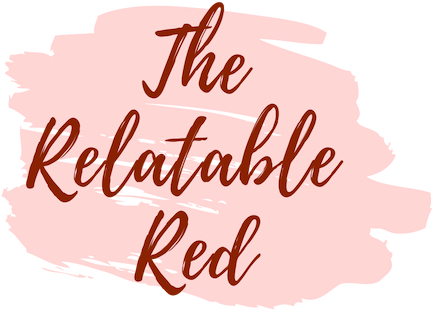




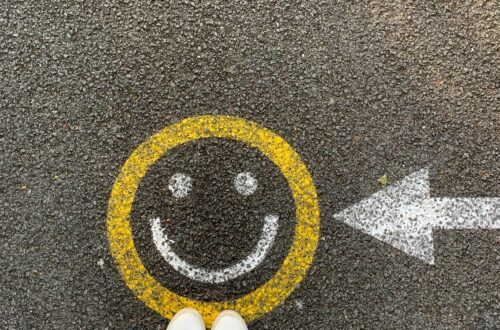
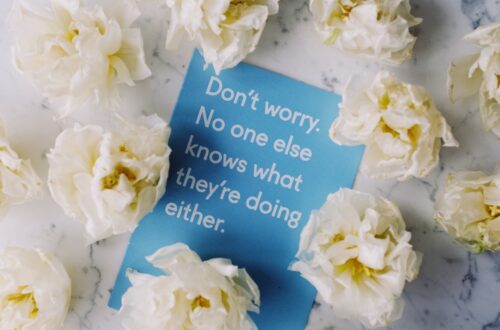
6 Comments
Grethel Hodovanec
Excellent and thorough post on action steps we can take to support #BlackLivesMatter. Thank you for sharing, Morgan.
admin
Thank you for your kind words Grethel. I appreciate your feedback and support!
Tetra
Thank for posting this! I especially like the comics and images you posted. They really resonate and will help me educate my well-meaning but not always understanding family. So nice to see a white ally! (I’m Mexican)
admin
I totally understand. It is a delicate topic and not always the easiest to discuss. I am doing my best to learn and be a true ally moving forward. Thank you so much for reading!!
Dr. Lana W. Jackman
Hi Morgan!
Just read your very thoughtful commentary on why BLM matters to you.
Your willingness to go beyond the standard is really commendable in these very uncertain and challenging times.
Righting injustice in this country and around the world really speaks more to the importance of our humanity and the sharing of those human experiences.
Let me add one more viewpoint to your table of learning – https://collegesuccesslife.com/black-american-a-racial-microaggression-change-needed/
Thanks again for sharing. Best of luck to you and your family… and stay safe!
admin
Thanks for reading! Same to you and yours 🙂